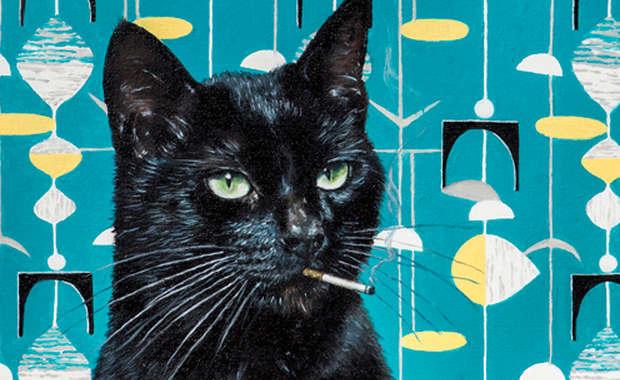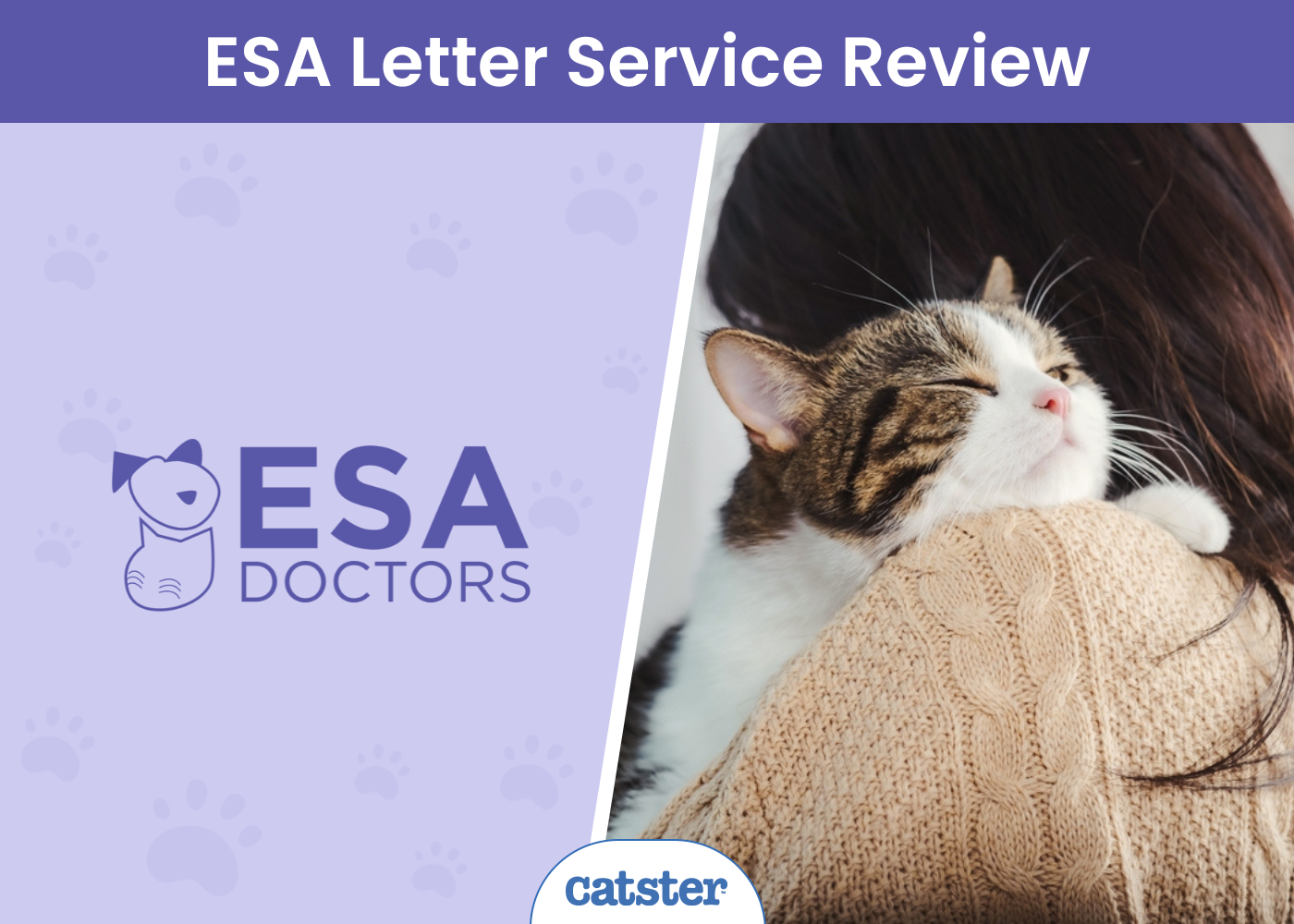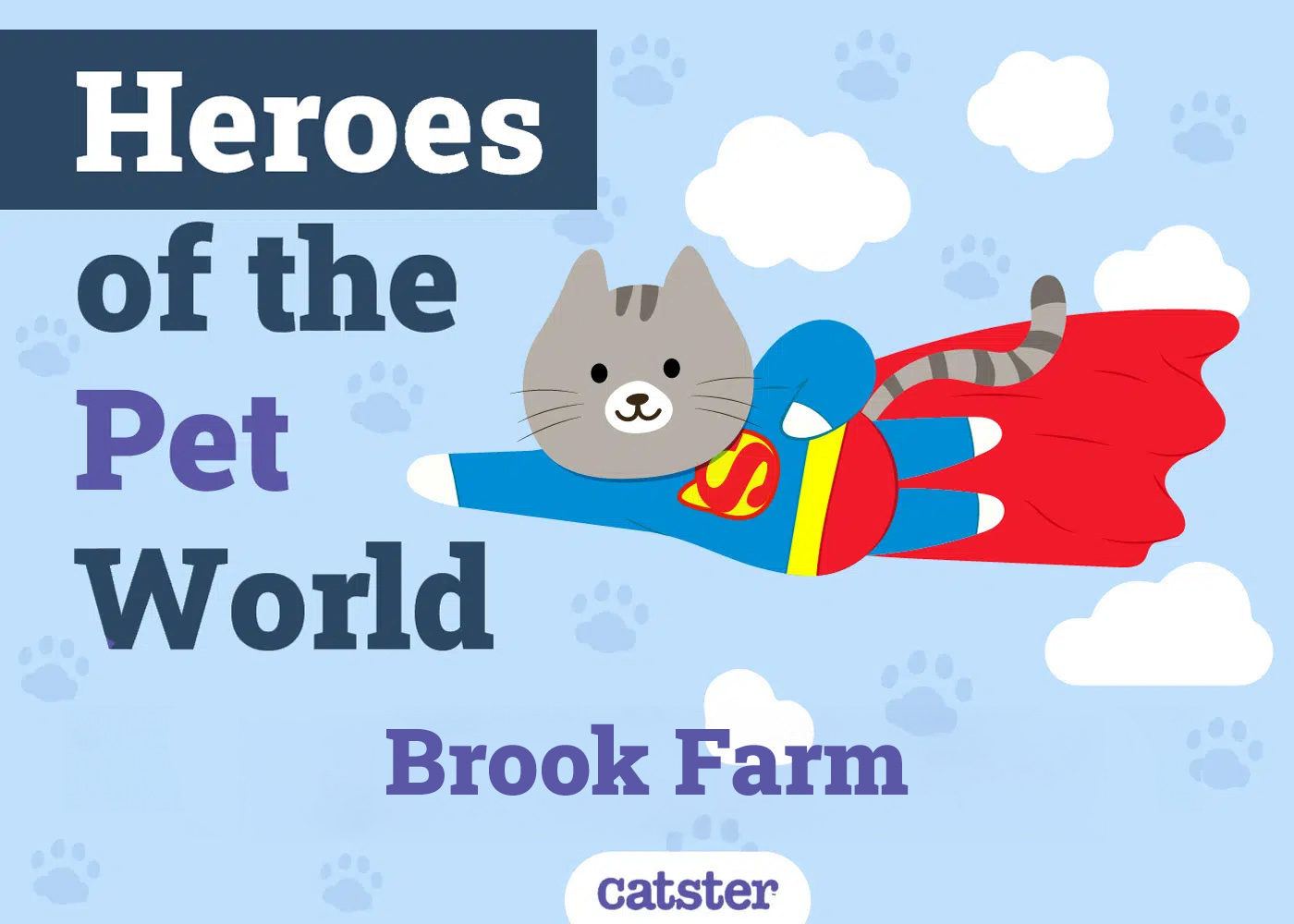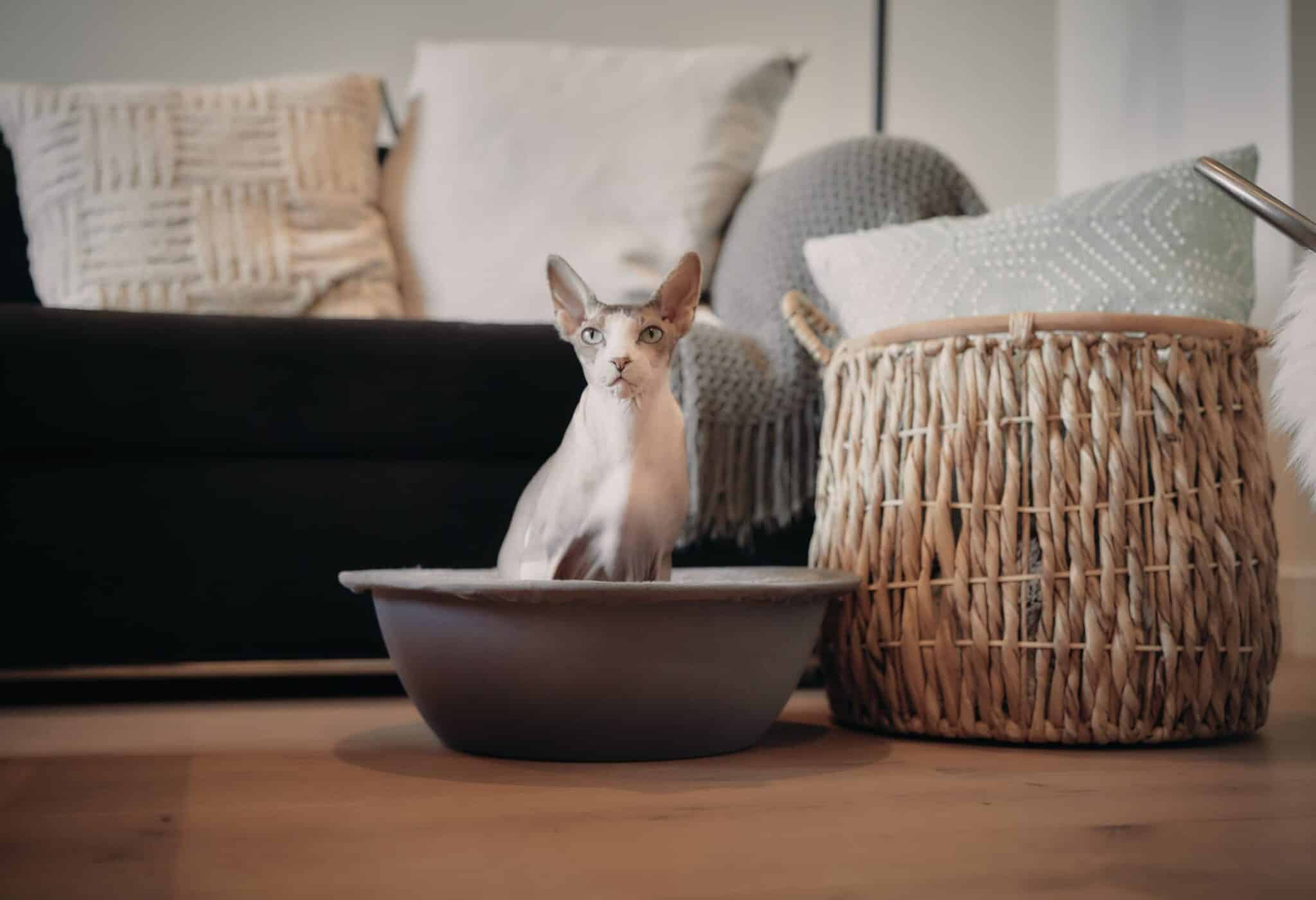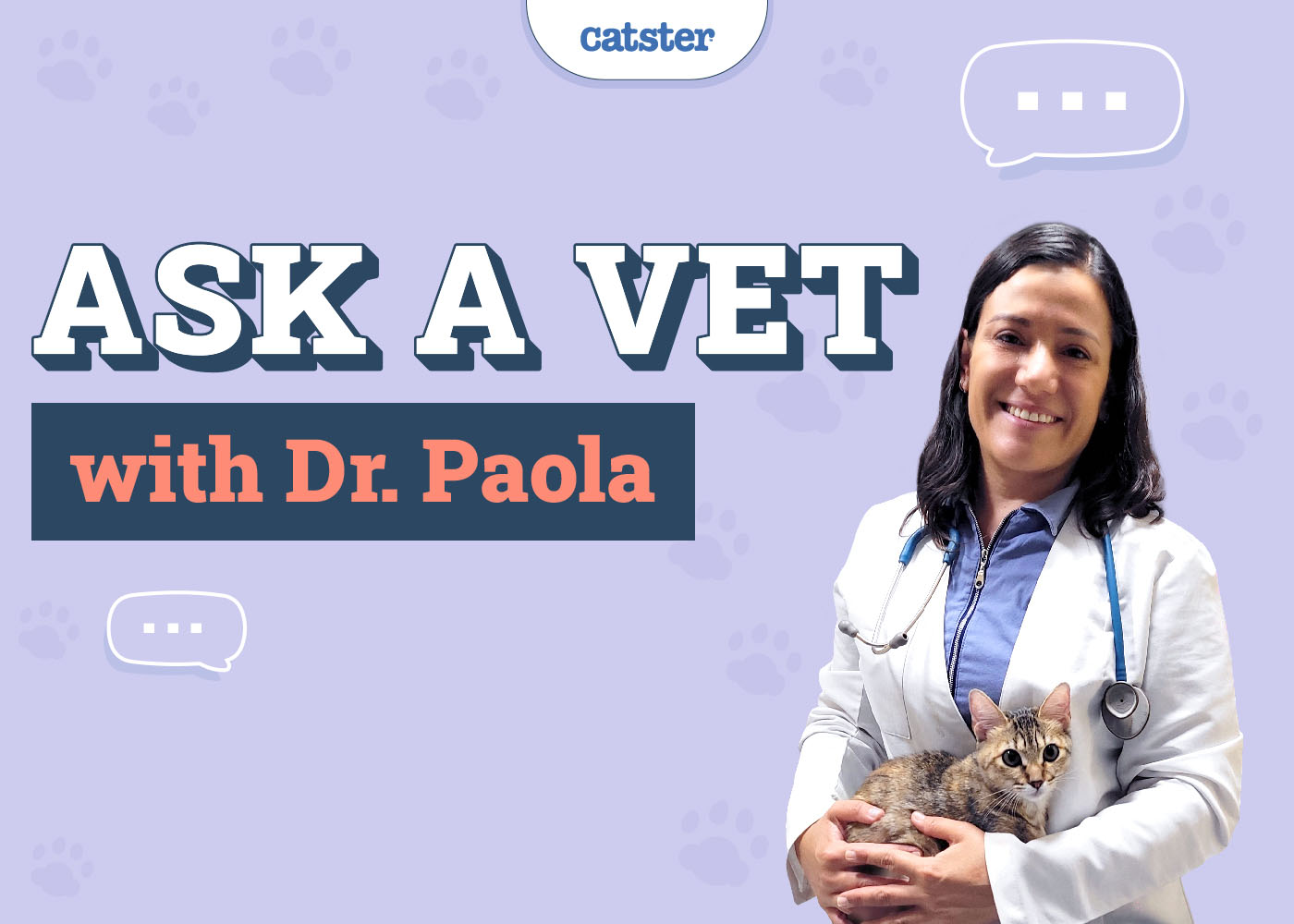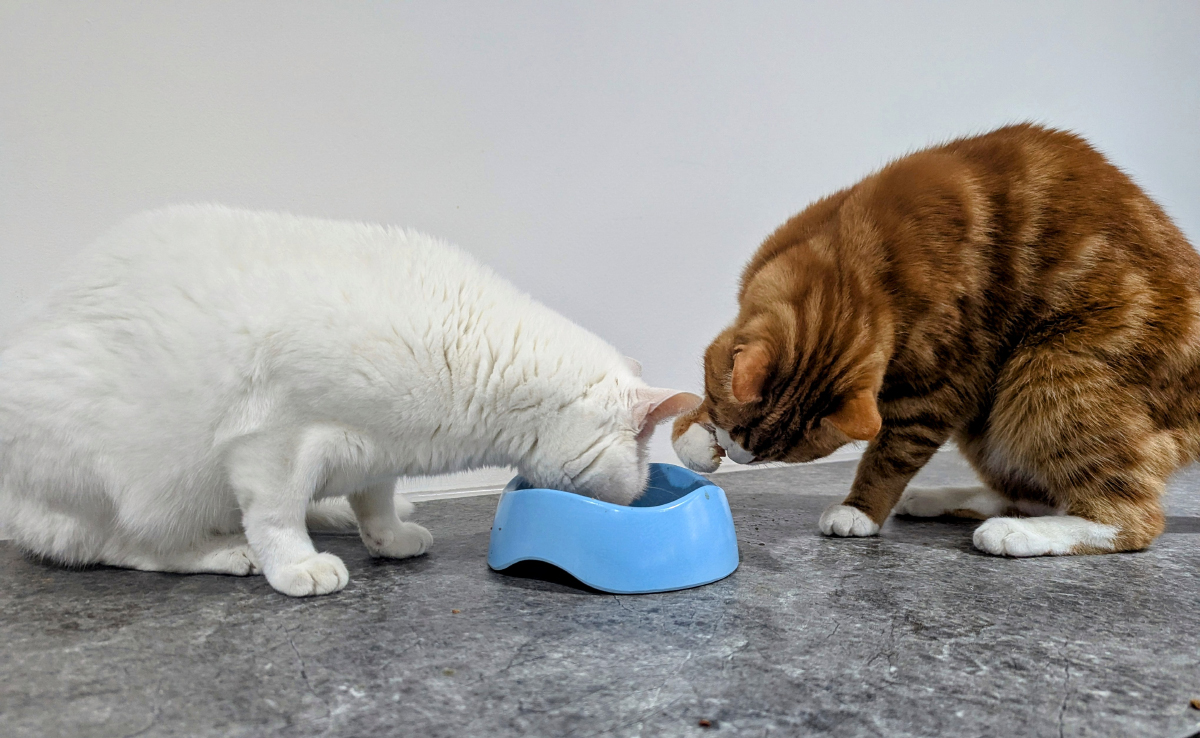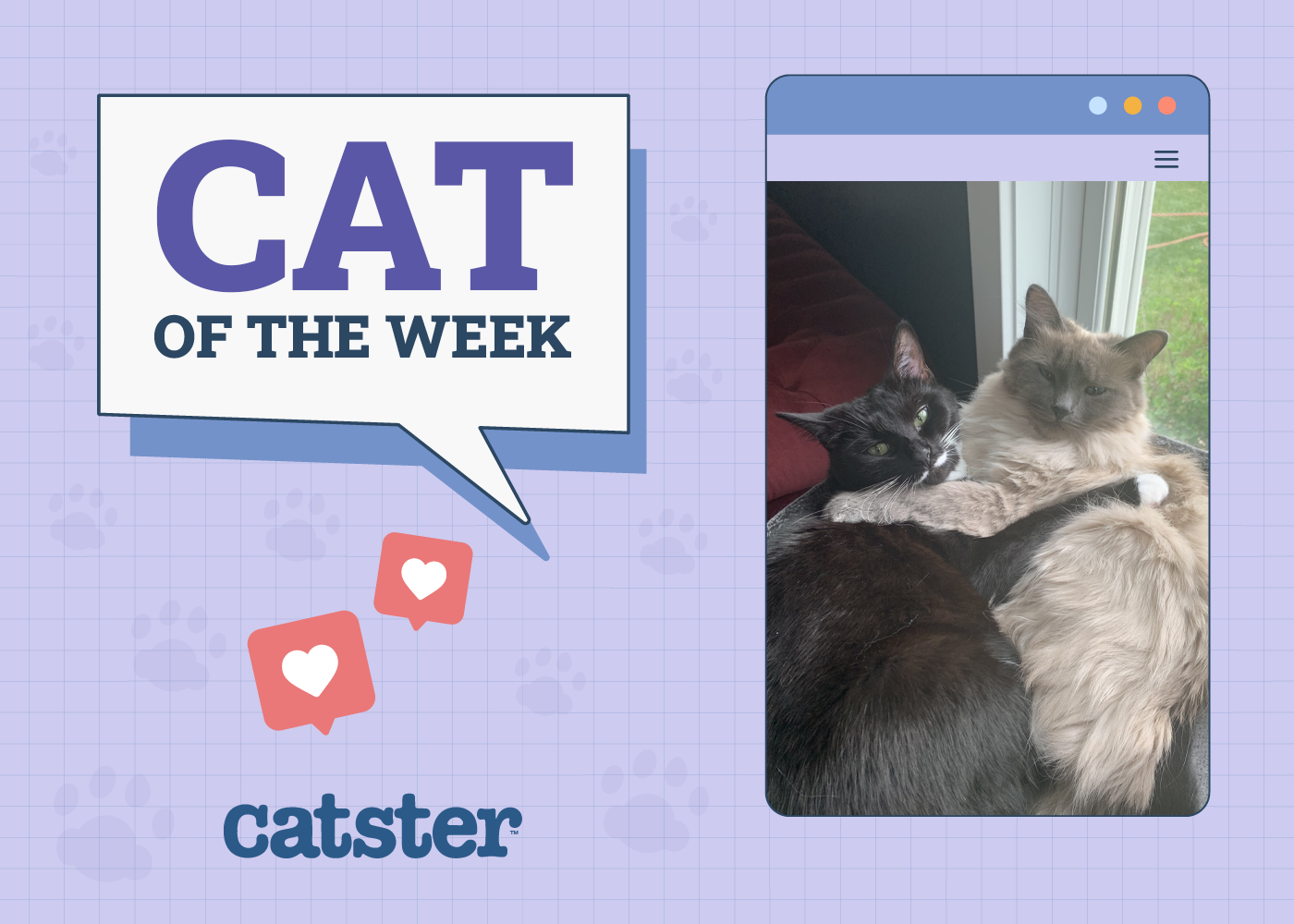Art is most profound when it stirs up our minds, when it presents the world in ways we’d not consciously considered or even thought possible. Visual art can accommodate seemingly contradictory images in the same space, showing opposite aspects of the same reality — humor alongside horror, for example — allowing works, in an instant, to rattle our perceptions and lead to questions that transcend the viewing and extend into our thoughts and actions. That is art’s power, its potential for change. It can show us truths that would not otherwise have occurred to us.
Michael Caines deals in such paradox. I first encountered his work when he was a part of Cat Art Show 2 in Los Angeles. His painted portrait of an orange tabby smoking a cigarette I found cute while unnerving — humor alongside horror. When I viewed more of his work, I found the smoking cat was but one example of how he juxtaposes images and themes to get visually appealing yet conceptually confounding results.
I interviewed Caines. Below is our exchange and more samples of his work.

Keith Bowers for Catster: You mix a lot of themes — political, religious, racial, cultural, historical. You also mix animal and human, and animal and animal, not to mention life and death, and life and afterlife. I find your work at times comical, menacing, mysterious, and touching. Tell me generally about your approach.
Michael Caines: Often I’ve tried to mash together themes or images that appear disparate to simply see what happens when they’re put together. So making work in that way is a kind of speculative process, or experiment. “What happens if a bunny is in a wheelchair” for example. There’s something about the seemingly trivial mixed with something more weighty that’s very attractive to my sensibility. Perhaps it’s banal to say, but life for most of us is comic as well as tragic, so my approach is an attempt to capture that. There’s something also about introducing seemingly “serious” imagery, and then undercutting it in some way. That’s a kind of voodoo for me; a way of keeping anxiety and fear at bay, and keeping the viewer off kilter. You think you know what this means? Ha, I’ll show you …
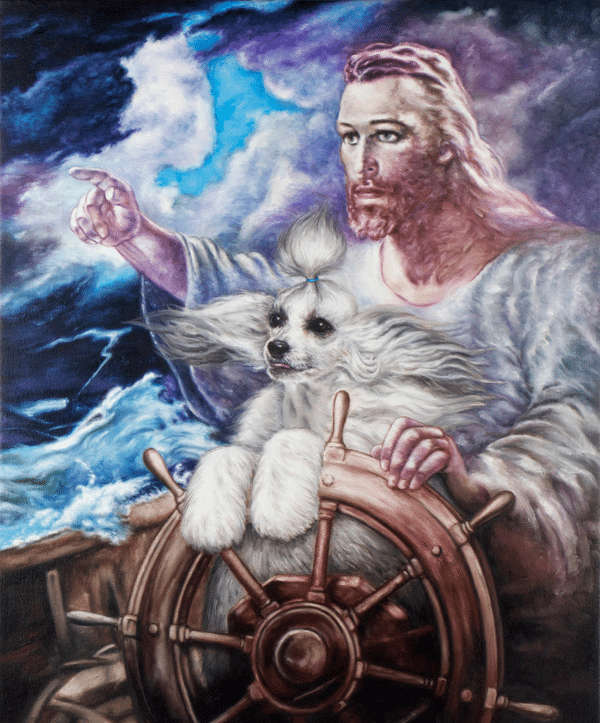
Why all the animals? What ends do animals serve in our consciousness and expression?
Animals are complicated surrogates in my work; I feel a strong connection and fascination with them. I’d say I look more carefully at dogs on the streets of New York City than at people. At the same time I’ve been highly allergic to many animals since I was a kid, so it’s a fraught relationship. A kind of forbidden desire is expressed through animals; they’re a stand-in on many levels. There’s something about animal bodies too, so perfect and beautiful in their function, more attuned to their environment than we humans are in our lumpy, awkward bodies. At the same time, domestic animals have been transformed and manipulated by us, so we interfere with their natures in a way that expresses something about our collective consciousness, I think. And of course there is massive loss of wild animals all over the planet, so our destructiveness is subtextually built in to any representation of the animal world.
You render wild animals (birds and wolves), large animals (horses), domestic animals (cats and dogs), cartoons (Felix the Cat — his head anyway) and rodents. What’s the difference, if any, in what roles the types of animals play?
I think domestic animals are more directly stand-ins for us humans, and also wry observers. In my most recent paintings this has become more explicit, as their presence expresses something about our relationship to luxury and consumption. Often wild animals represent for me the beautiful indifference of nature, some kind of mathematics of nature, or expression of structures way outside of the bounds of my own nature or understanding, and which I envy.
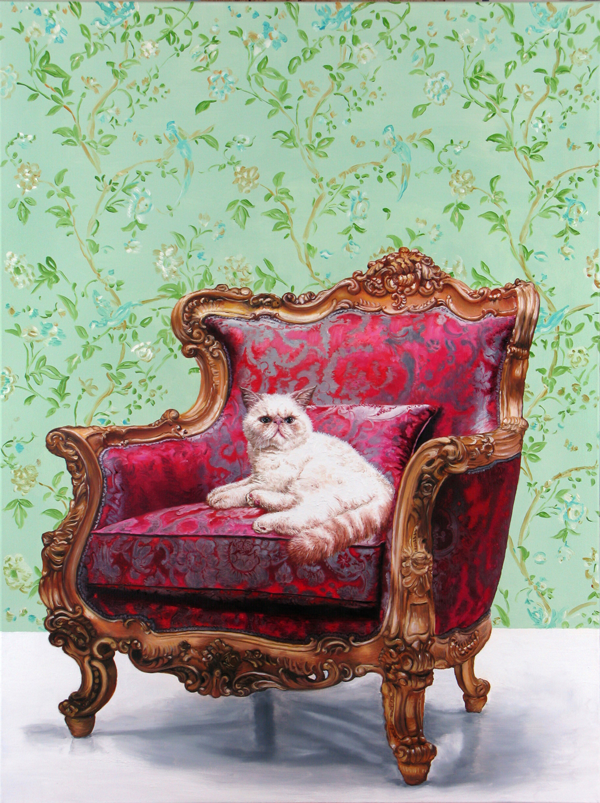
Let’s talk specifically about cats. What role do cats play in art for you? Why are they important?
Cats have been more of a focus lately, although you rightly pointed out that they have popped up in different iterations in my earlier drawings. The smoking cats that I’ve been painting recently are kind of like dogs playing cards, or other vernacular images of that sort. I’m attracted to those kinds of pop culture art images, which seem to me to express something about a very base kind of pleasure that most of us are drawn to, and that’s not really supposed to show up in “serious” art. Images that seem softly or subtly beyond the pale, so to speak, are very attractive to me. There are so few areas of art culture that are not vacuumed up into the commercial maw, so I find myself drawn to things like popular Christian painting, say, which resists absorption.
These smoking cats started with an orange tabby image that I found, whose photo seemed so much like a human portrait in it’s pose and seriousness. I thought the ochre color of a cigarette filter would look really nice with his fur. Sometimes that’s how these decisions get made.
Some cats you render with human eyes (and sometimes mouths). Based on the titles and people who appear elsewhere in your work, I’m guessing you modeled the human features of some cats on famous (and sometimes reviled) political figures such as Pat Buchanan, George W. Bush, and Mitch McConnell. Tell me about that.
Yes, you got that right! I experimented for a few years with images of political figures. I was thinking of them for their symbolic expression, how we project onto them our fears, hopes, hatreds, and so on. We are of course up to our ears in that right now. So I wanted to somehow displace those images, to reconsider them. I think we all like to throw our holy water on the current devil in the public arena, but I wonder really what that achieves. It’s hard to escape the specificity of their images and all the baggage they bring, so the cats with politicians mouths and eyes was an attempt to do that. I gave up those images after a few years. Turns out people that buy art don’t want Ronald Reagan or George Bush on their walls!
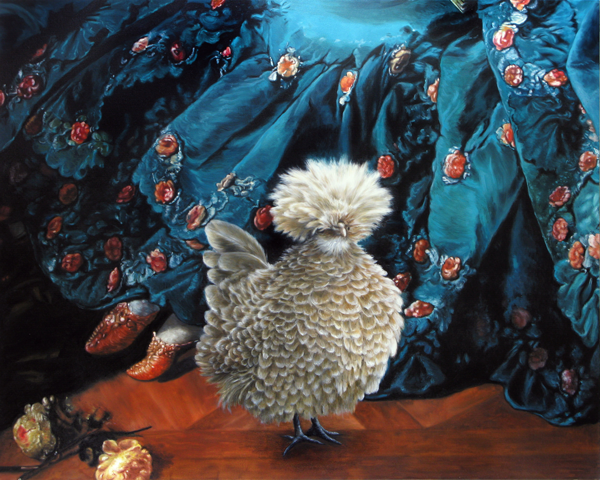
In the book Revelations and Dog, you illustrate a book of the Bible using animals as well as modern-day humans. You chose a cat for Jezebel. Why?
Nine lives would have probably have come in handy for Jezebel.
What interested you in Cat Art Show?
I like that it’s somewhat outside the mainstream of art culture, more or less democratic, and kind of ridiculous. And of course it’s not often you get 7,000 people to walk through a show that includes your work, so that’s pretty sweet.
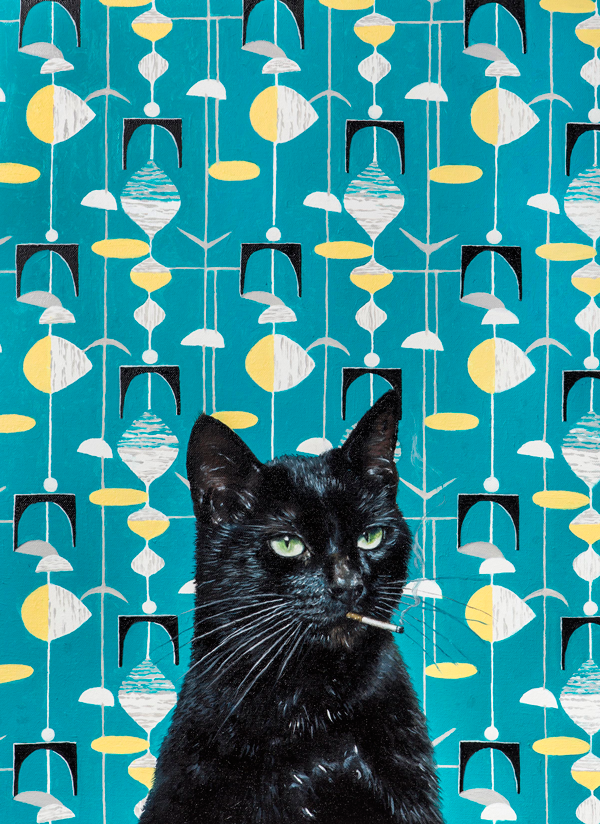
Now to your Smoking Cat series, another case of animals (cats) performing human tasks (smoking). What can you say about that series?
It was really meant as a one off, and that kitten just seemed to have legs, so I’ve done a few different versions, had some requests for commissions, and then the lovely folks at House of Roulx asked if I’d do a trio for limited edition prints. I think maybe cats smoking just seems like something they would do.
Cats and cigarettes: What’s the significance?
I am pretty grossed out by smoking, but at the same time find it very attractive in movies or on TV, mostly old shows that you don’t really see much anymore. And cats are bad-ass in a way that smoking seems like a natural fit. When I first sent the image to the curator of the Cat Art Show, she was a little hesitant as she thought it would offend or upset some people. When she put it on Instagram, however, it seemed to take off.
What media did you use in the Smoking Cat series? Are they digitally manipulated photographs or cats photorealistically rendered?
When I prep images for painting I often play around with images in Photoshop first, and then paint in oil from that image reference. So they’re all paintings.
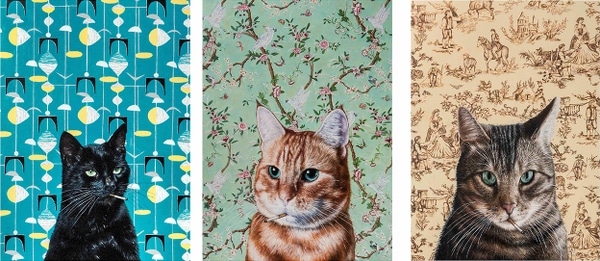
What role do animals play in your life? Do you live (or have you lived) with cats?
Right now my husband and I have only fish, but I suspect he is an incipient animal hoarder so when we eventually move to an apartment or house that allows it, I expect our family will grow. (He claims two cats and three dogs would be ideal, but we shall see. Lately he also seems to want quails!) My family did always have dogs or cats growing up, so I really miss having something furry to come home to!
Learn more about Michael Caines’ art on his website or Instagram. His Smoking Cat prints are available at House of Roulx.

